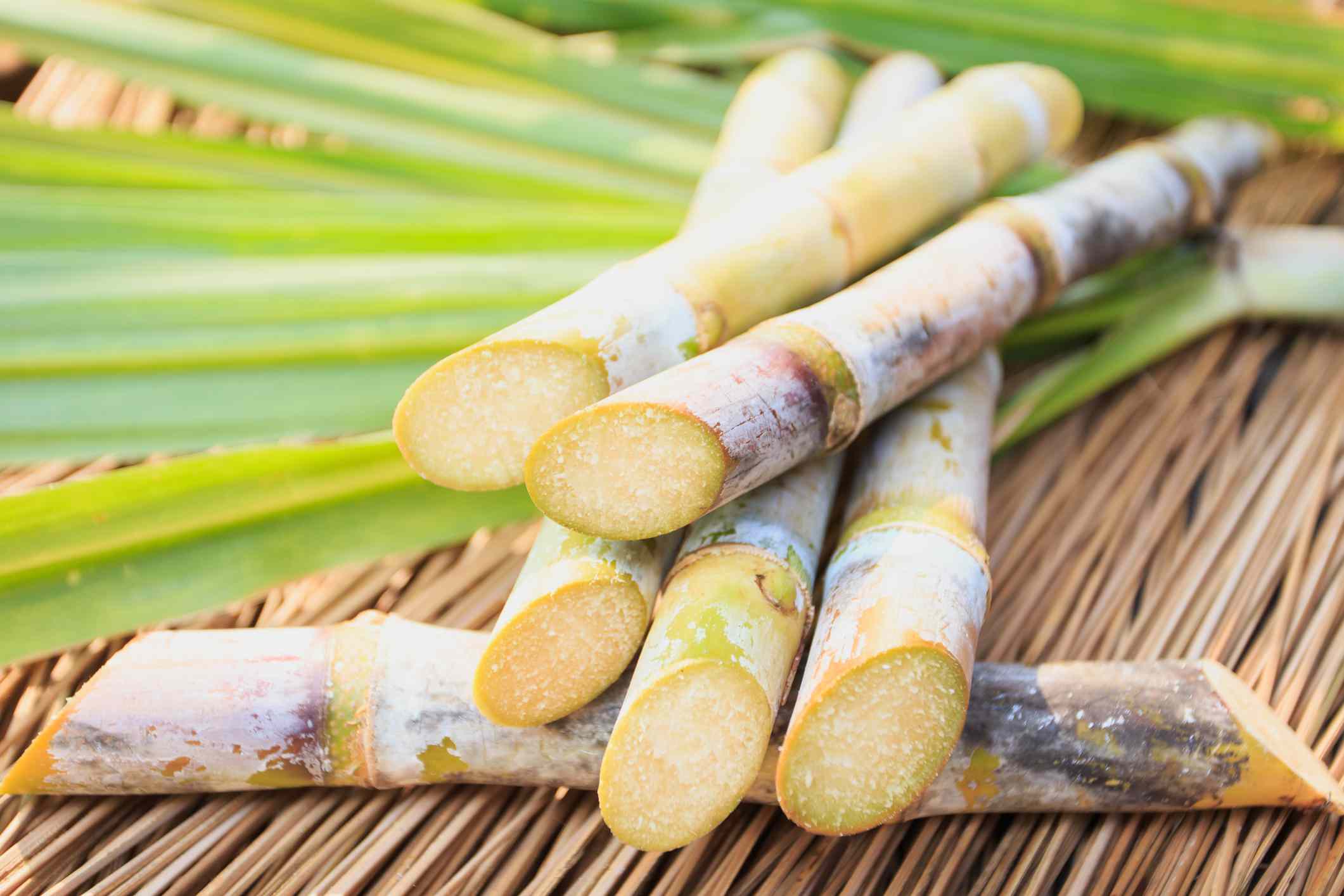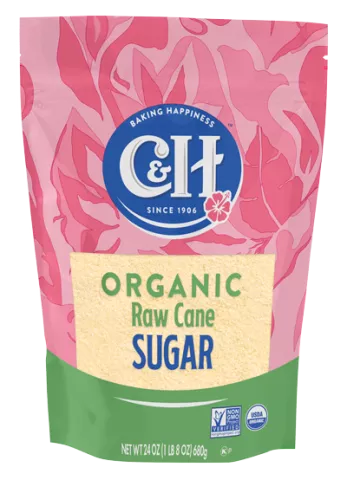Exploring the Comprehensive Tips Included in Cane Sugar Processing From Gathering to Improvement
The process of cane sugar production encompasses a series of complex actions, beginning with the cautious harvesting of sugarcane and finishing in the refinement stages that make certain the end product fulfills industry requirements. Each stage, from the extraction of juice to the purification and condensation procedures, plays an important role in establishing the quality and character of the sugar. Recognizing these stages not only highlights the intricacy of sugar production yet likewise elevates vital inquiries about efficiency, sustainability, and technology in the industry. What ramifications do these variables have for future practices?
Gathering Sugarcane
Collecting sugarcane is a crucial action in the walking stick sugar processing chain, as it directly influences the high quality and yield of the end product. Correct timing and strategies are important during this phase to make sure optimal sugar content and reduce losses. Usually, sugarcane is gathered when it reaches maturation, generally 12 to 18 months after growing, identified by a high sucrose focus.

Post-harvest, the sugarcane has to be processed quickly to avoid sucrose deterioration. Preferably, gathered walking cane needs to be carried to processing centers within 24 hr to protect sugar quality. Consequently, effective logistical preparation is crucial to preserve the stability of the harvested crop throughout the supply chain.
Removal Process

The crushed walking cane is subjected to a series of pushing procedures to take full advantage of juice healing. Typically, warm water is sprayed onto the crushed walking cane, producing a countercurrent flow that helps liquify the sugar while additionally helping in the extraction process. The juice collected from this operation consists of not only sugar however likewise various organic substances and impurities.

To enhance removal efficiency, some centers might employ diffusion methods, where the sugarcane is soaked in warm water, permitting the soluble sugars to diffuse right into the liquid. The resulting juice, rich in sucrose, is then routed to succeeding handling phases, laying the structure for filtration and refinement. The extraction process is therefore crucial in determining the quality and return of the final sugar product.
Purification Techniques
The purification methods employed in walking cane sugar handling are crucial for changing the raw juice right into a premium sugar product. These methods mainly intend to eliminate pollutants, such as soil, plant products, and inorganic materials, which can negatively influence the end product's flavor and shade.
One of the most typical purification techniques is clarification. This process involves including lime and heat to the raw juice, which helps with the coagulation of pollutants. The resulting precipitate is then eliminated through sedimentation or purification, yielding a clearer juice. Additionally, using phosphoric acid can boost the information process by additional binding pollutants.
One more significant strategy is carbonatation, where carbon dioxide is introduced to the cleared up juice. This response produces calcium carbonate, which records remaining pollutants and advertises their removal.
Furthermore, triggered carbon treatment may be put on adsorb any kind of staying colorants and natural impurities, making certain a more polished product. The mix of these approaches efficiently prepares the sugar juice for succeeding action in the refining procedure, establishing the stage for the production of high-grade walking stick sugar.
Formation Methods
After the purification stage, the next important action in walking stick sugar handling entails condensation approaches, which play a critical duty in changing the clarified juice into solid sugar. This procedure generally utilizes 2 key methods: spontaneous condensation and regulated formation.
In spontaneous formation, supersaturated sugar solutions are informative post allowed to cool down naturally, leading to the formation of sugar crystals over time. This technique allows for the uniform development of sugar crystals and greater pureness.
Throughout formation, the cleared up juice is concentrated through dissipation, raising its sugar material up until it reaches supersaturation. Once this factor is attained, either technique can help with the formation procedure. Cane Sugar Processing. The resultant sugar crystals are then separated from the continuing to be syrup with centrifugation
Ultimately, the selection of formation technique impacts the top quality, dimension, and purity of the last sugar item, making this action essential in the total walking stick sugar processing treatment.
Refinement and Product Packaging
Just how can the purity and quality of walking cane sugar be additionally enhanced after formation? The improvement process plays a vital role in achieving top notch walking stick sugar. Complying with formation, sugar undergoes a detailed cleaning to remove pollutants and recurring molasses. This is commonly achieved making use of warm water or vapor, which aids dissolve and remove unwanted aspects while maintaining the sugar crystals.
Next, the sugar goes through a process called centrifugation, where it is rotated at broadband to separate the cleansed sugar crystals from the remaining liquid. After centrifugation, the sugar is commonly further fine-tuned via a method called carbonization or phosphatation, which uses triggered carbon or phosphoric acid to remove shade and off-flavors.
Once fine-tuned, the sugar is image source dried out to achieve the a knockout post desired wetness material, ensuring that it remains steady throughout storage and transportation. The final step entails packaging the refined sugar in moisture-proof and impermeable containers to keep its quality and prevent contamination. Cane Sugar Processing. Correct product packaging not just extends service life but also helps with easy handling and circulation, making sure that customers get sugar that satisfies the highest possible criteria of pureness and quality
Conclusion
The comprehensive steps associated with cane sugar handling, from the meticulous harvesting of sugarcane to the intricate improvement and product packaging phases, emphasize the value of each stage in making sure high-quality sugar manufacturing. Optimum harvesting strategies, reliable removal techniques, and extensive purification processes jointly add to the last product's purity and stability. The formation and succeeding product packaging practices even more enhance the integrity and service life of the sugar, highlighting the complexity and accuracy inherent in this crucial farming sector.
The procedure of walking stick sugar manufacturing encompasses a series of detailed actions, starting with the careful harvesting of sugarcane and finishing in the refinement phases that make sure the last item meets sector requirements. Ideally, collected walking stick needs to be delivered to processing centers within 24 hours to protect sugar quality.In spontaneous condensation, supersaturated sugar solutions are permitted to cool down naturally, leading to the development of sugar crystals over time - Cane Sugar Processing. The refinement procedure plays a vital role in attaining top quality walking cane sugar.The extensive actions involved in walking cane sugar processing, from the careful harvesting of sugarcane to the complex refinement and product packaging stages, highlight the importance of each phase in making certain high-grade sugar production
Comments on “The Scientific Research Behind Cane Sugar Processing: Just How Sweetness is Fine-tuned”